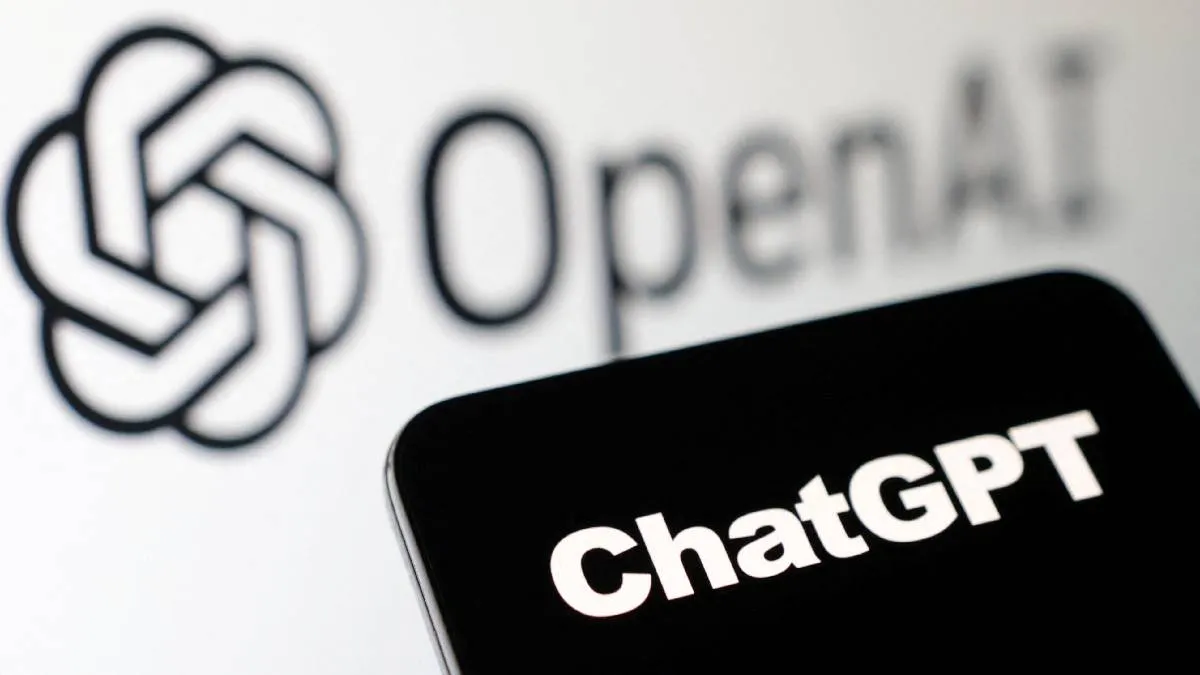On August 19, 2025, OpenAI made a groundbreaking announcement tailored specifically for Indian users: the launch of ChatGPT Go, its most affordable subscription plan yet. Priced at just ₹399 per month (around $4.60), this new tier represents the company’s strongest push into making advanced AI more accessible to a cost-conscious but rapidly expanding market.
This launch isn’t just about affordability—it’s a strategic decision that could reshape how millions of Indians engage with artificial intelligence. With upgraded message and image capacities, file uploads, extended memory, and powered by the latest GPT-5 model, ChatGPT Go is designed to bring premium capabilities to the mainstream at a price point that resonates with everyday users.
Why India Matters So Much for OpenAI
India has quickly emerged as one of the most important global markets for technology companies. With over 1.4 billion people, out of which more than 850 million are active internet users, the country represents one of the largest connected populations in the world. Add to that a mobile-first digital culture, affordable data plans, and an appetite for technology-driven solutions, and India becomes a natural fit for OpenAI’s expansion strategy.
For OpenAI, India is already its second-largest user base—and analysts predict it could soon become the first. By introducing a low-cost subscription, the company is not only addressing affordability but also replicating a proven strategy seen in India before. Industry experts often compare this approach to Reliance Jio’s disruption of the telecom sector, where premium features were offered at budget-friendly prices, completely transforming user adoption.
In many ways, ChatGPT Go is OpenAI’s Jio moment.
What ChatGPT Go Offers
So, what exactly does the new plan bring to the table? Compared to the free version, ChatGPT Go offers significantly expanded capabilities, bridging the gap between casual and professional usage.
Here’s a breakdown of its benefits:
- 10× More Message Capacity: Users can now engage in much longer and richer conversations without hitting restrictive limits.
- 10× Image Generations & File Uploads: A huge boost for creators, students, and professionals who rely on visuals and document-based workflows.
- 2× Longer Conversational Memory: ChatGPT Go remembers context across longer conversations, making interactions feel more natural and human-like.
- Access to GPT-5: Unlike the free tier, Go subscribers get consistent access to OpenAI’s latest and smartest model, offering faster and more accurate responses.
In addition, ChatGPT Go includes extended access to advanced tools, such as Python-powered data analysis, customizable GPTs, and a more intuitive user interface—all features that were previously exclusive to higher-tier plans.
Payment Convenience: Designed for India
One of the most important aspects of ChatGPT Go is how OpenAI has adapted the payment process for the Indian market. Instead of restricting transactions to international credit cards, the company has integrated UPI (Unified Payments Interface)—India’s most widely used digital payment system.
For the first time, all OpenAI plans—Go, Plus, and Pro—can be purchased using UPI, mobile wallets, and local debit cards. This move removes a huge barrier that often discouraged Indian users from subscribing earlier.
In a country where micro-payments and digital-first transactions dominate, this shift signals how deeply OpenAI has studied local user behavior before rolling out Go.
How ChatGPT Go Compares with Other Plans
To understand where ChatGPT Go fits, let’s compare it with OpenAI’s existing offerings:
| Feature | Free Tier | ChatGPT Go (₹399/mo) | ChatGPT Plus (₹1,999/mo) |
|---|---|---|---|
| GPT-5 Access | Limited | Extended | Extended |
| Message/Image/File Limits | Very Limited | 10× Higher | Much Higher or Unlimited |
| Memory Context | Short | 2× Longer | Full Memory Access |
| Legacy Models (GPT-4o) | No | No | Yes |
| Advanced Features (Sora, Connectors) | No | No | Yes |
| Payment Options | Limited | UPI & Cards | Cards Mainly |
From the table, it’s clear that ChatGPT Go is designed for light to moderate power users—those who want more than what the free plan offers but don’t need all the advanced professional features included in the Plus or Pro tiers.
Who Should Choose ChatGPT Go?
ChatGPT Go is clearly targeted at:
- Students: Affordable pricing makes it easier for learners to use AI for assignments, research, and project work.
- Freelancers & Creators: With expanded message and file uploads, content creators, designers, and writers can enhance productivity.
- Casual Users: People who don’t need advanced enterprise-level tools but want reliable AI assistance for everyday tasks.
However, this plan might not be suitable for:
- Power Users: Those who depend on legacy models, video generation tools like Sora, or third-party connectors will still need Plus or Pro.
- Businesses & Enterprises: Companies requiring multi-user support, workflow integration, and higher message limits will have to look beyond ChatGPT Go.
Why This Launch is a Strategic Test
Interestingly, OpenAI has chosen India as the exclusive launch market for ChatGPT Go. Company executives have hinted that this move is a test rollout, designed to collect feedback, assess adoption, and refine the offering before considering a global launch.
India’s cost-sensitive environment makes it the perfect testing ground. If the plan works here, it’s likely to succeed in other emerging markets like Southeast Asia, Africa, and Latin America.
Drawing Parallels: OpenAI’s “Jio Moment”
The pricing of ₹399 isn’t random—it’s symbolic. Reliance Jio disrupted telecom by offering premium services at disruptive prices, leading to a digital revolution in India. Similarly, OpenAI seems to be emulating this model in the AI space.
By lowering the entry barrier, the company can expand its paying user base from a niche group of professionals to millions of new subscribers who never considered paying before. Over time, this could create a loyal customer base, much like Jio did in the telecom industry.
The Limitations of ChatGPT Go
While ChatGPT Go shines on affordability and core upgrades, it isn’t without compromises. Some limitations include:
- No access to GPT-4o or video generation with Sora.
- Absence of third-party connectors for external integrations.
- Message and file limits, though expanded, are still capped.
- Currently India-exclusive, leaving global users waiting.
For professional or enterprise-level needs, users will still find better value in higher-tier plans.
What This Means for the Future of AI Access
ChatGPT Go signals an important shift in how AI companies think about accessibility. Until now, advanced AI tools were largely seen as premium products—affordable only to professionals, businesses, or enthusiasts willing to pay higher subscription fees.
But by lowering the price dramatically, OpenAI is democratizing AI access, bringing advanced technology into the hands of students, small creators, and ordinary users. This could spark a cultural shift, where AI assistance becomes as common as using search engines or social media.
Final Thoughts
The launch of ChatGPT Go at ₹399/month is a watershed moment for both OpenAI and the Indian tech ecosystem. By offering premium AI features at a budget-friendly price, OpenAI is positioning itself not just as a global leader in AI but as a people-first company that adapts to local realities.
Whether ChatGPT Go becomes a global standard remains to be seen. For now, it’s a bold experiment, one that places India at the center of OpenAI’s strategy. If successful, this move could redefine the economics of AI access worldwide—making advanced technology as affordable as a monthly mobile recharge.
In many ways, ChatGPT Go isn’t just another subscription plan—it’s a game-changer that could spark the next wave of AI adoption in India and beyond.

